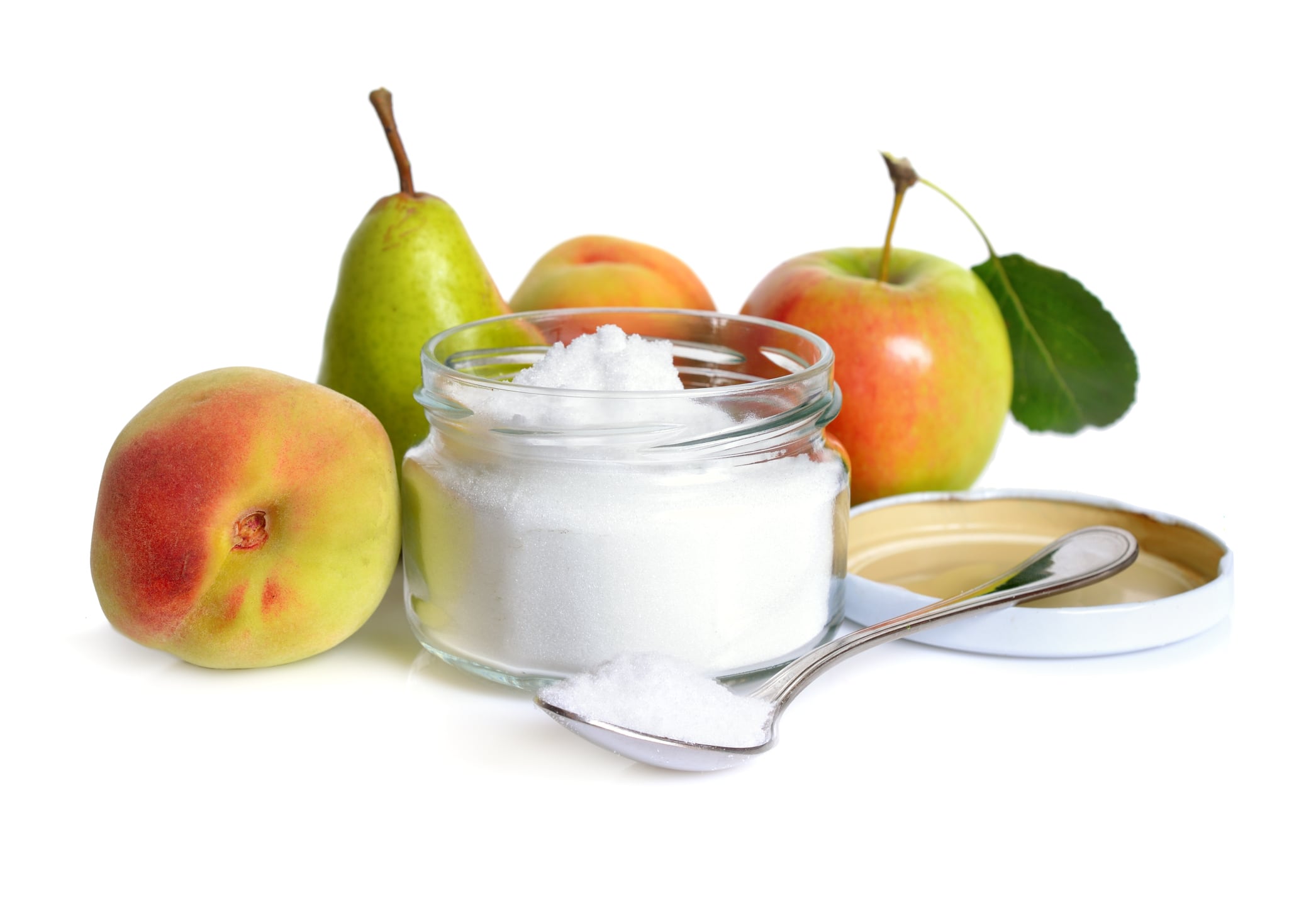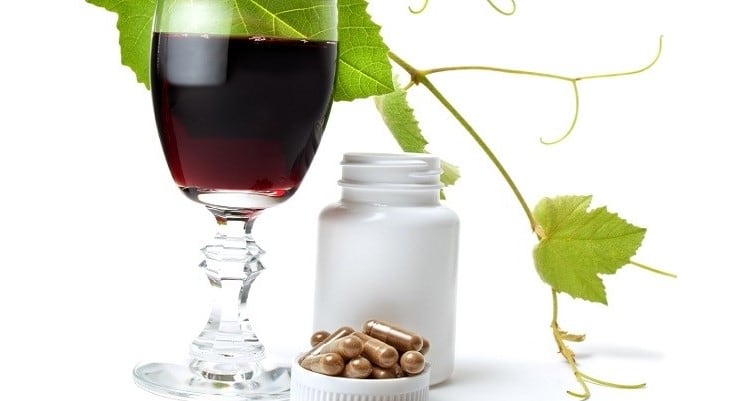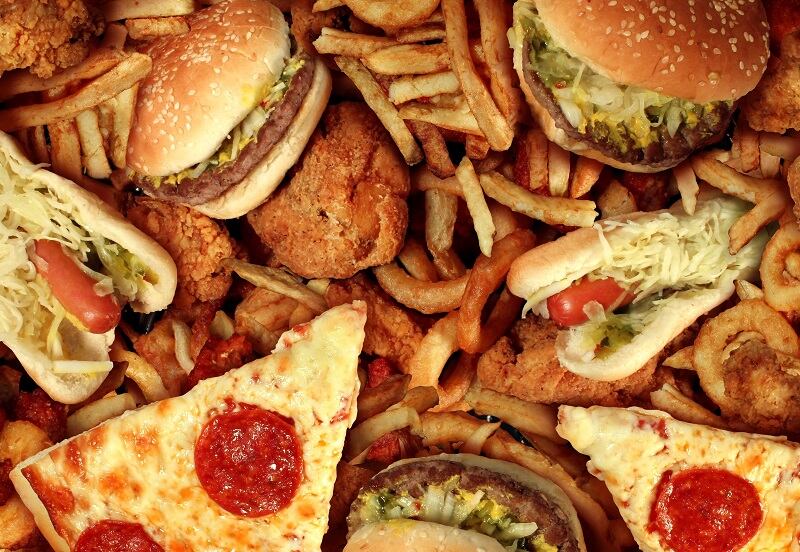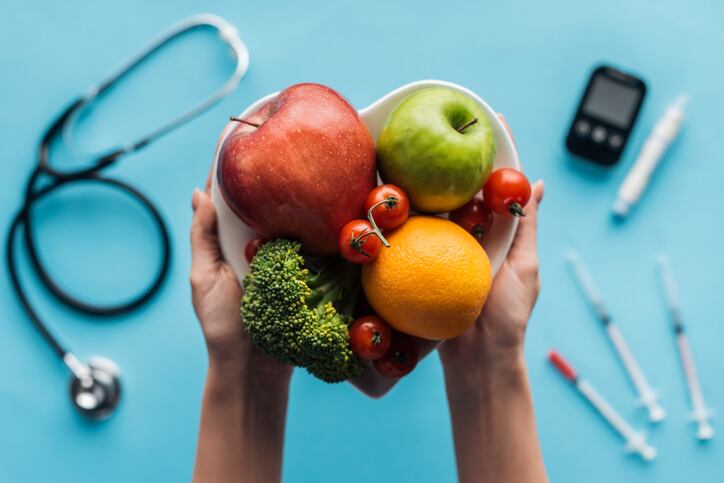The gastrointestinal system, or gut, helps to shield the liver from damage from fructose (a form of sugar found in fruits, honey, and corn syrup) by breaking down the sugar before it reaches the liver, according to a new multi-centre study led by researchers in the Perelman School of Medicine at the University of Pennsylvania.
However, the consumption of too much fructose - particularly in a short period of time - can overwhelm the gut, causing fructose to "spill over" into the liver, where it wreaks havoc and causes fatty liver, researchers discovered.
Consumption of fructose has increased 100-fold over the last century, even as studies have shown that excessive consumption, particularly sweet drinks, are linked to non-alcoholic fatty liver disease, obesity and diabetes.
Studies have shown that the excessive consumption of fructose can be toxic to the liver. When large quantities of fructose reach the liver, the liver uses excess fructose to create fat, a process called lipogenesis. Eventually, people who consume too much fructose can develop nonalcoholic fatty liver disease, a condition in which too much fat is stored in the liver cells.
Until now, it hasn't been clear whether the gut's role in processing the fructose prevents or contributes to fructose-induced lipogenesis and the development of liver diseases.
In the new study, published in Nature Metabolism, the team of researchers from Princeton University, the University of Pennsylvania and Weill Cornell medicine, US, aimed to unravel longstanding questions about how the body metabolises fructose.
They studied a key enzyme, called ketohexokinase, that controls how fast fructose is consumed.
They showed, by genetically engineering mice, that lowering the levels of the enzyme in the gut led to fatty livers in the mice. Conversely, the team showed that increasing the level of ketohexokinase in the gut protected from fatty liver. Thus, the researchers found the breakdown of fructose in the gut mitigates the development of extra fat in liver cells in mice.
They also discovered that the rate at which the intestine can clear fructose determines the rate at which fructose can be safely ingested.
"What we discovered and show here is that, after you eat or drink fructose, the gut actually consumes the fructose first - helping to protect the liver from fructose-induced damage," said the study's corresponding author Dr Zoltan Arany, professor of cardiovascular medicine at Penn.
"Importantly, we also show that consuming the food or beverage slowly over a long meal, rather than in one gulp, can mitigate the adverse consequences."
In addition, the team showed the same amount of fructose is more likely to result in the development of fatty liver when consumed via a beverage as opposed to food. Similarly, the consumer faces an increased likelihood of developing fatty liver when consuming fructose in a single setting compared to several doses spread over 45 minutes.
"Collectively, our findings show fructose induces lipogenesis when the intake rate exceeds the gut's capacity to process fructose and protect the liver," Arany said. "In the modern context of excessive availability and consumption of processed foods, it is easy to see how the resulting fructose spillover would drive metabolic syndrome."
Source: Nature Metabolism
Jang. C., et al
"The small intestine shields the liver from fructose-induced steatosis"





